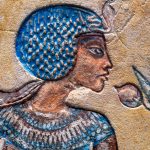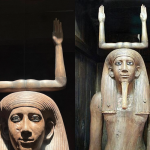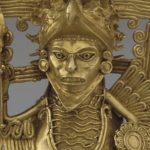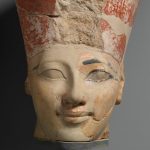King Tutankhamun
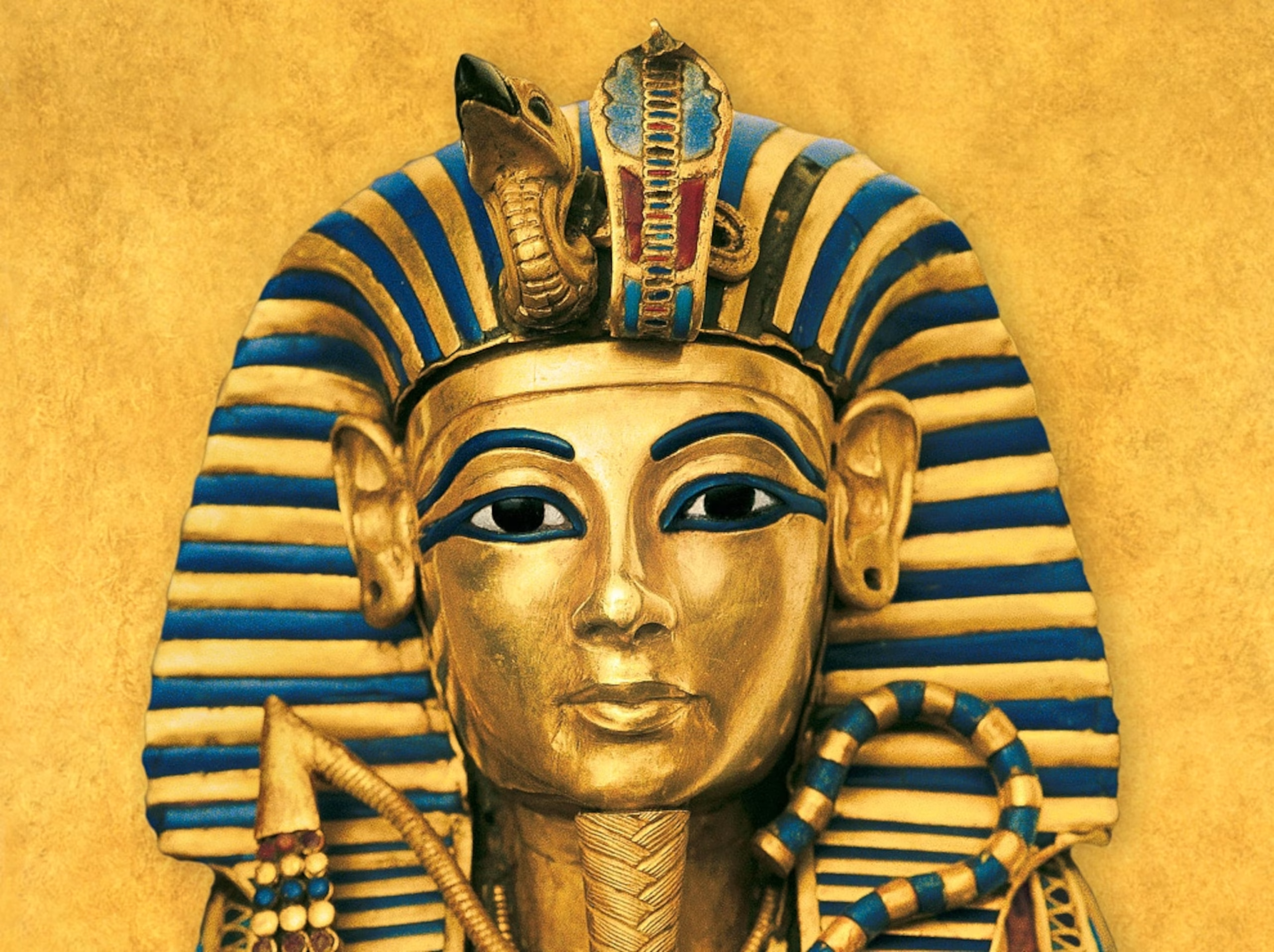
King Tutankhamun, often called King Tut, was one of ancient Egypt’s most famous pharaohs, ruling during the 18th Dynasty from around 1332–1323 BCE. Ascending the throne as a child, Tutankhamun inherited a kingdom recovering from the radical religious reforms of his predecessor, Akhenaten.
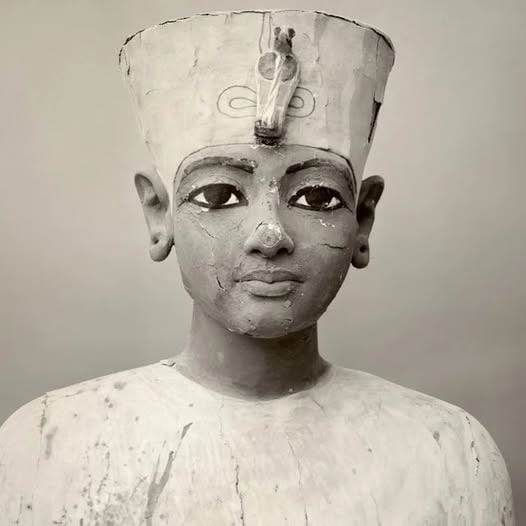
During his short reign, he restored the worship of traditional Egyptian gods, reopened temples, and reestablished the capital at Thebes, helping stabilize the nation’s spiritual and political life.
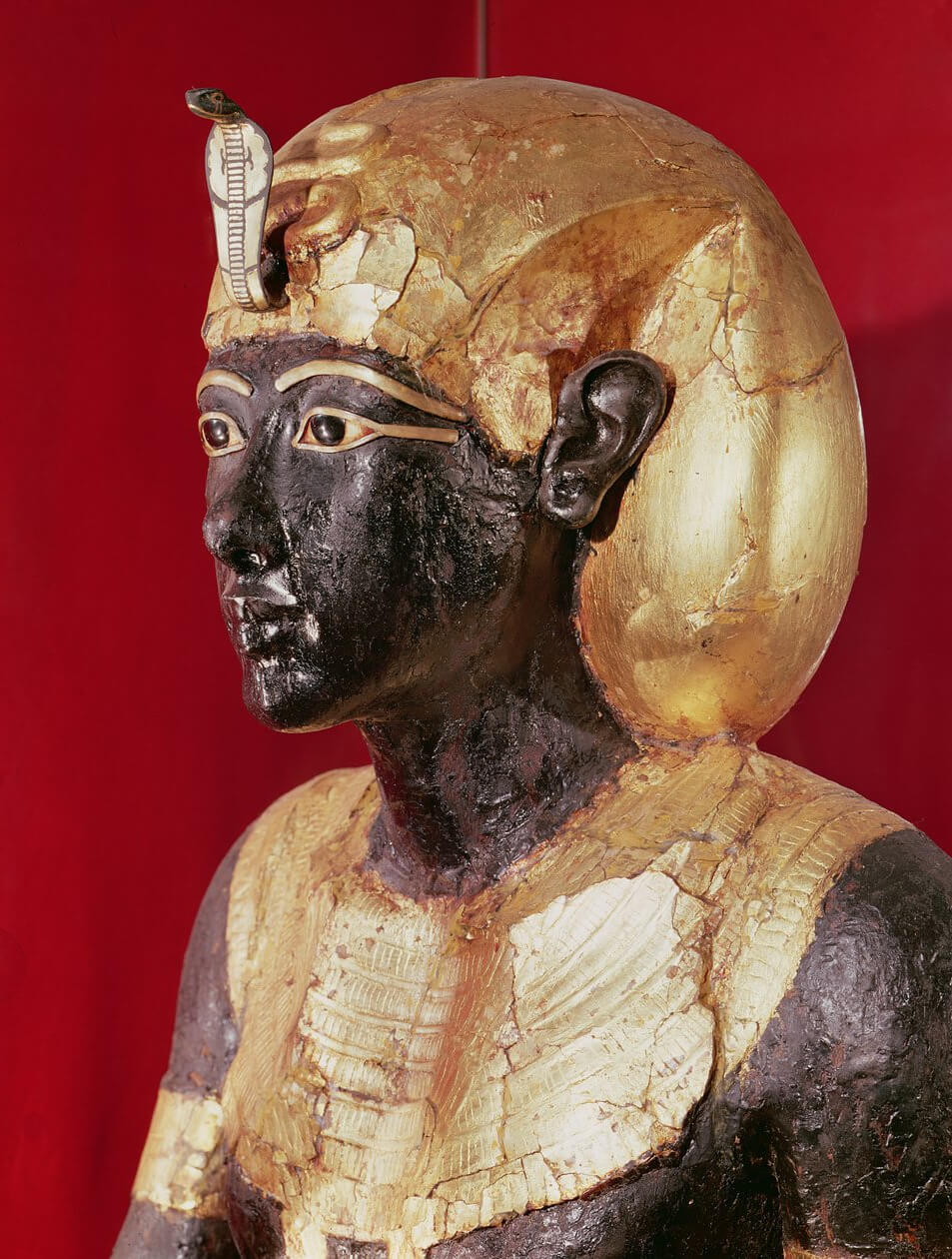
Though he died at about 18 or 19 years old, his fame endures due to the discovery of his nearly intact tomb (KV62) in the Valley of the Kings by Howard Carter in 1922.
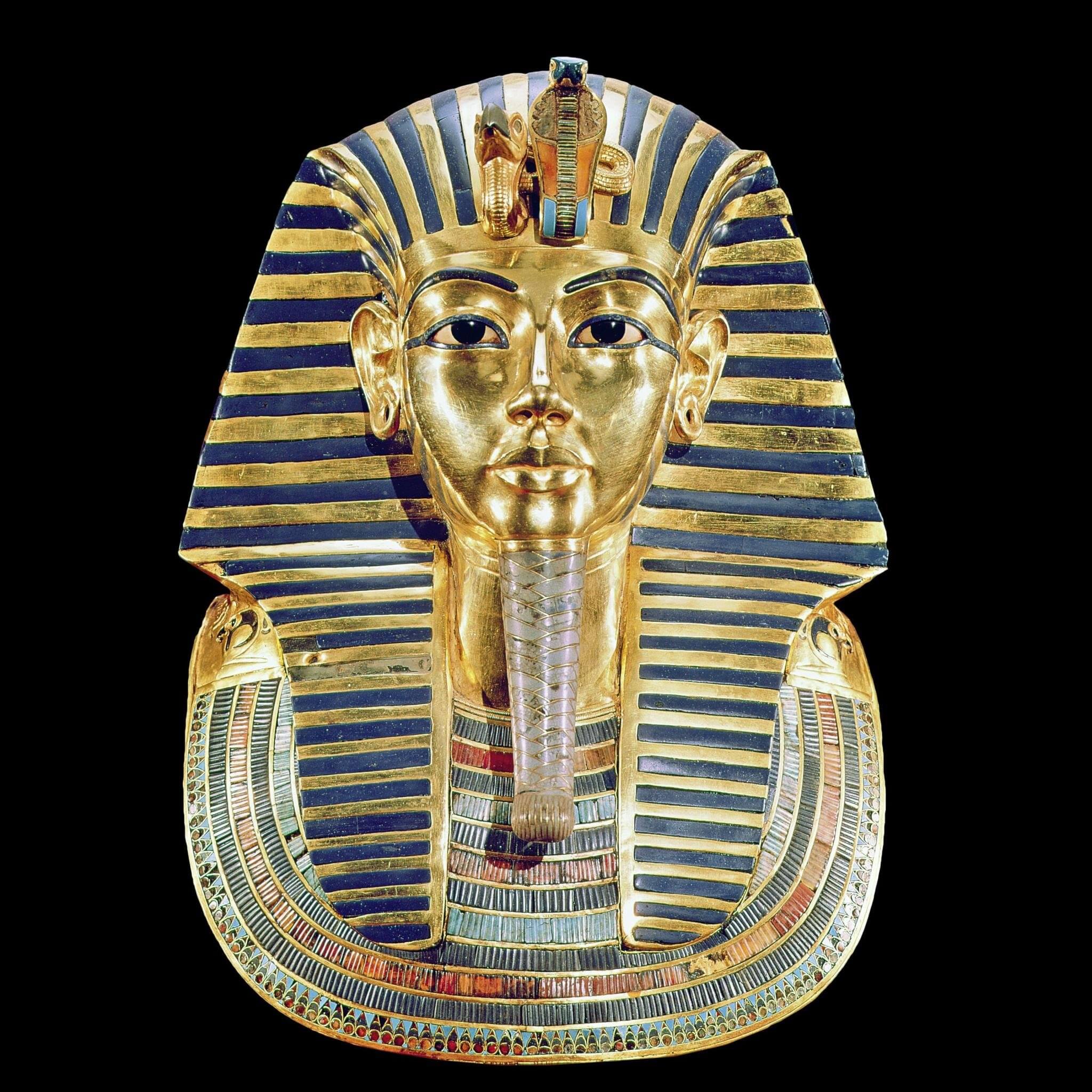
The tomb’s treasures—including his magnificent gold funerary mask, jewelry, and chariots—offered an unparalleled glimpse into the wealth, artistry, and beliefs of New Kingdom Egypt. Today, King Tutankhamun stands as a symbol of ancient Egypt’s enduring mystery and splendor, captivating the world more than 3,000 years after his death.





